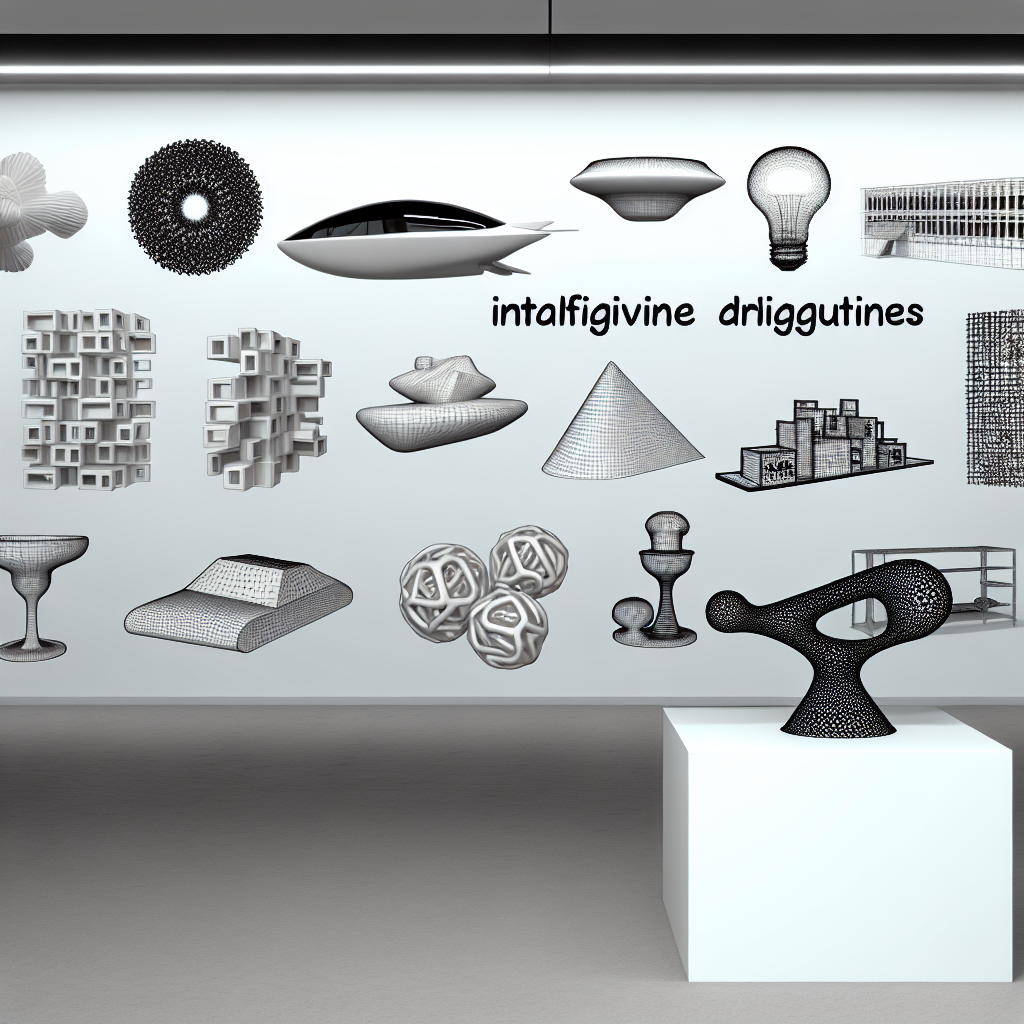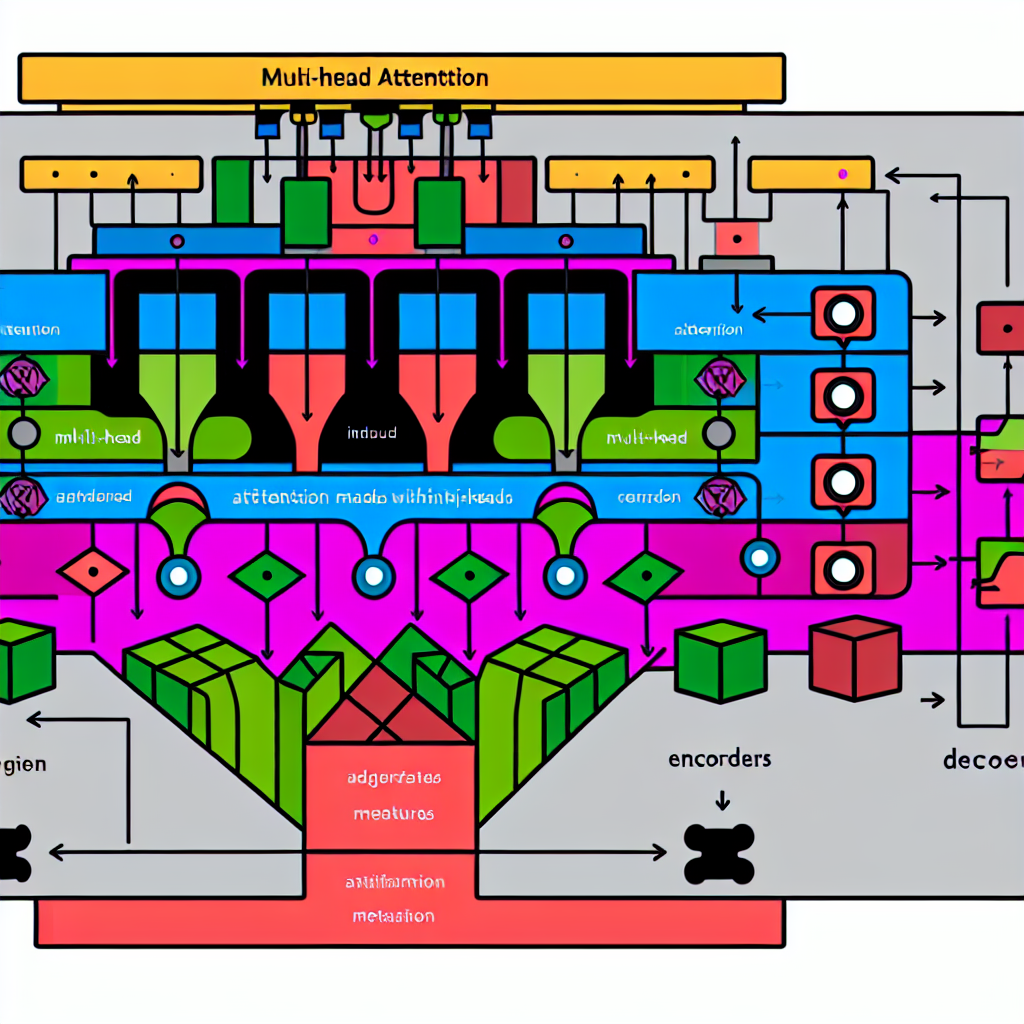Innovating with Generative Design: Top 7 Advanced Trends in AI-Powered Creativity for 2025
Generative design, a cutting-edge application of AI in engineering, is revolutionizing the landscape of product development and architecture. As industries continue to innovate, the demand for efficient and sustainable solutions has increased, making generative design a pivotal tool in this transformation. This article explores how AI and generative design are pushing the boundaries of creativity and efficiency in the realms of manufacturing and beyond. We will delve into advanced applications, current frameworks, and the trends shaping the future of engineering design.
Advanced Applications of Generative Design
Generative design uses the power of AI to autonomously create designs from a set of input parameters, optimizing them for specified constraints and real-world applications. In the field of architecture, AI-driven platforms like Autodesk’s Fusion 360 have enabled architects to create structurally sound yet aesthetically pleasing building designs more efficiently than traditional CAD software.
In engineering and manufacturing, generative design offers a robust solution for material optimization and cost reduction. Companies like Airbus have utilized AI in product development to design lightweight aircraft components, significantly reducing fuel consumption and enhancing sustainability. This capability allows engineers to simulate a multitude of permutations and identify designs that best meet the desired criteria.
Real-World Case Studies
A notable example of AI in engineering is the redesign of a popular consumer product by Under Armour. By employing generative design, they were able to streamline the production of performance footwear, enhancing both durability and comfort. This not only accelerated the manufacturing process but also introduced a new level of customization tailored to different user needs, further solidifying their market competitiveness.
In the automotive industry, General Motors has leveraged generative design to revolutionize car part fabrication, achieving lighter and stronger components. By collaborating with Autodesk, GM reimagined seat bracket designs, making them 40% lighter while maintaining structural integrity. This material efficiency contributes to overall vehicle performance improvement.
Emerging Trends in AI and Generative Design
As we move towards 2025, the integration of AI in generative design is expected to grow in sophistication. The adoption of cloud computing is facilitating more collaborative and scalable design solutions that cater to varied industry requirements. The partnership between AI and IoT is further enhancing real-time data integration, allowing for more responsive and adaptive design processes.
Another trend is the democratization of design tools. With platforms becoming more accessible to non-experts, businesses of all sizes can now leverage generative design, fostering innovation across sectors. The emphasis on sustainability is also steering development, with AI-driven models optimizing resource use and minimizing waste, aligning with global environmental goals.
For more insights, read our in-depth article on AI’s Future in Manufacturing and explore our comprehensive guide on AI-Driven Architectural Design.
Frequently Asked Questions
What is generative design in engineering?
Generative design in engineering refers to the use of AI algorithms to create optimized designs that meet specific criteria and constraints. It allows for the exploration of a vast design space to find the most efficient solutions.
How does AI improve product development?
AI enhances product development by enabling rapid prototyping, reducing material waste, and optimizing design processes for efficiency and innovation. It allows for the creation of tailored solutions that meet diverse consumer needs.
What industries benefit from AI in design?
Industries such as architecture, automotive, aerospace, and consumer products benefit significantly from AI in design. It helps in reducing costs, improving performance, and enhancing the sustainability of products.
Conclusion & Future Directions
Generative design, fueled by AI, stands at the forefront of engineering innovation, offering unparalleled capabilities for sustainable and efficient design solutions. As we look towards the future, the continuous advancement in AI technologies promises even more revolutionary applications across various sectors. By embracing these tools, businesses can not only enhance their operations but also contribute to a more sustainable global environment.
Stay updated with the latest trends in generative design and AI by subscribing to our newsletter. For further exploration, join our community of AI enthusiasts and professionals to share insights and stay ahead in the fast-evolving field of AI-engineered design.
For additional reading, explore this external resource on Autodesk’s approach to generative design.



